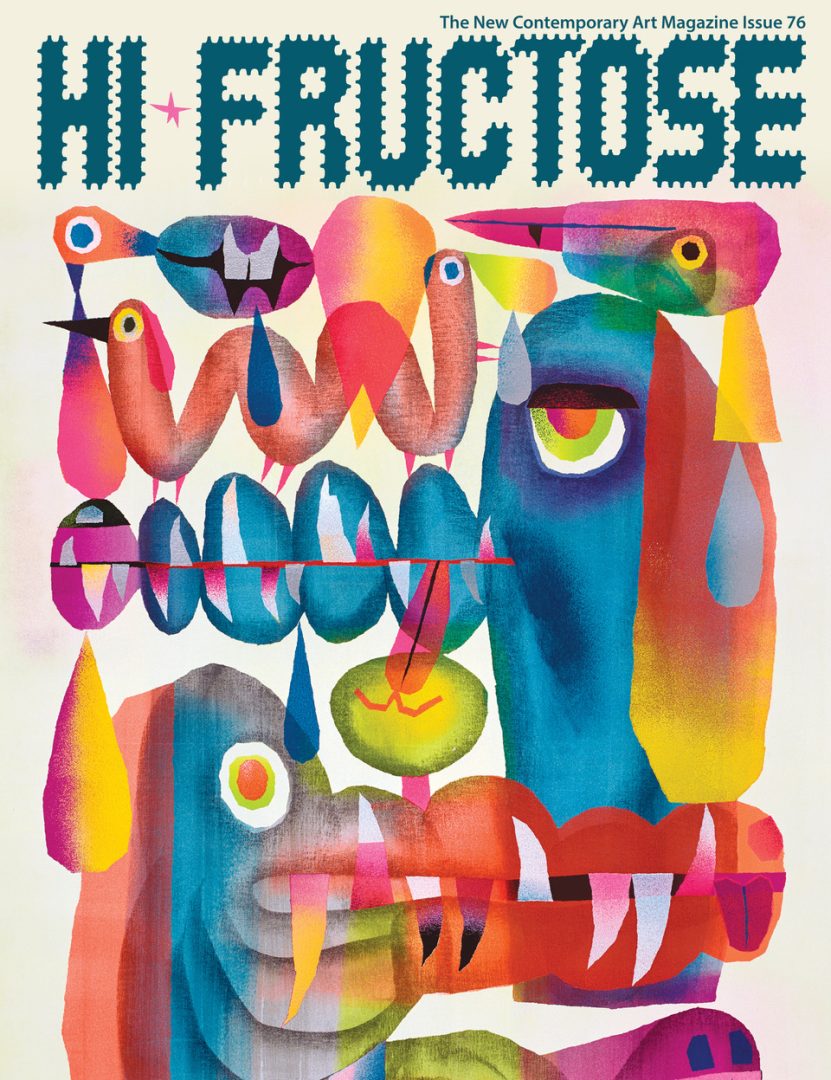
Stripping away their exteriors, Adrian Cox paints figures composed of pulpy, bulbous masses of flesh that repulse at a first glance. Though Cox acknowledges his characters’ monstrosity, he describes his true intention as an investigation of empathy. The openly-exposed flesh becomes a metaphor for emotional vulnerability. “…These characters strive to connect with each other and their environment,” he writes in his artist’s statement. “Their acts of singing, loving, whistling, stargazing and wandering suggest attempts to become united with their surroundings through a state of perpetual wonder.” Though visceral, Cox’s work contains a subtlety and humor that lies beyond the initial gross-out factor.












